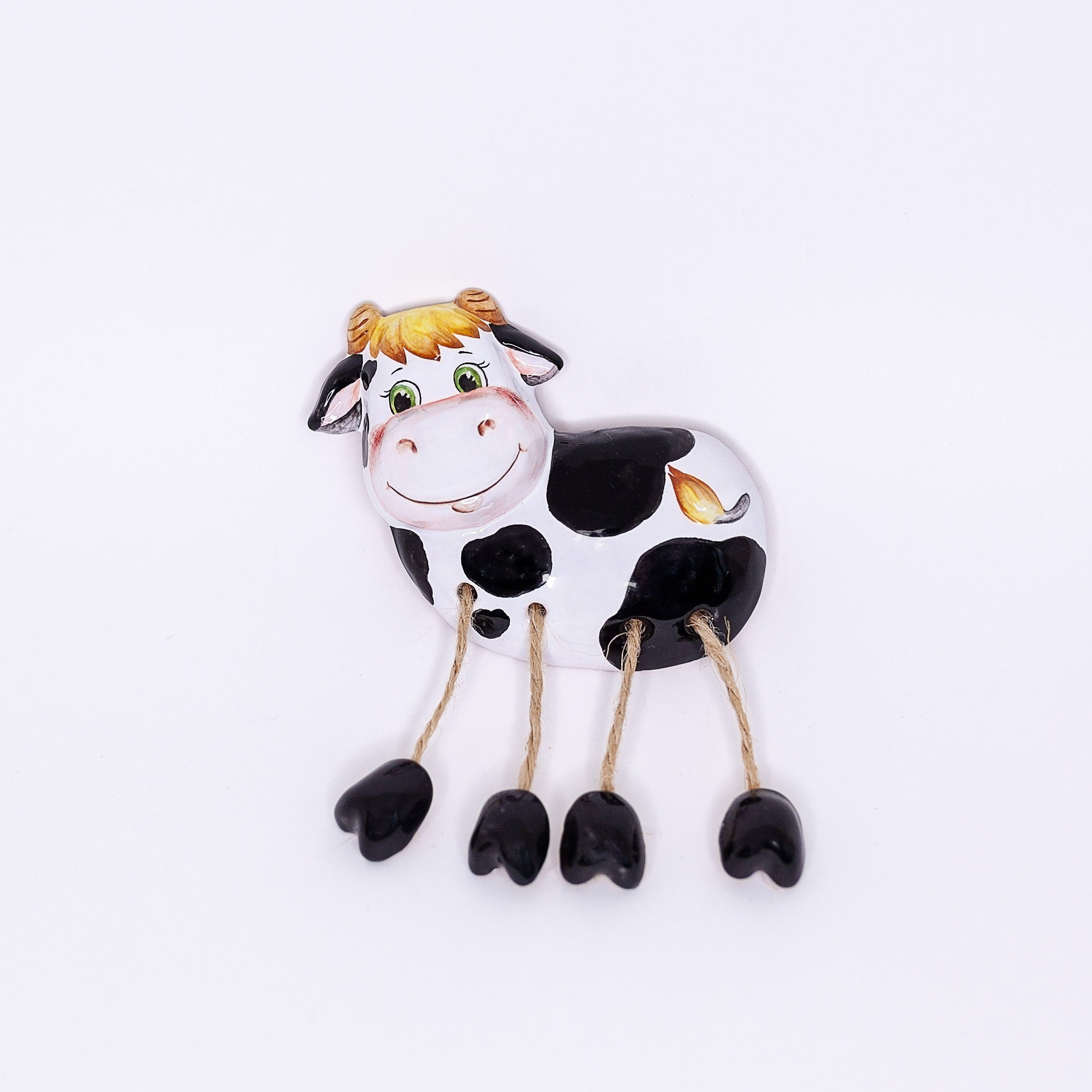
Other sources of contamination come from blades and other parts of machinery wearing out and falling into choppers. Also accidentally allowing grazing in areas typically prone to litter or junk can lead to digestion of metal. Additionally, bits of fencing wire and other metal ‘junk’ gets chopped up in balers and feed choppers. As bailing wire has fallen out of use for this exact reason, metal still finds its way into feed in the form of roofing nails. Locating the Riskĭecades ago, the primary culprit of hardware disease came from bailing wire.

Medically known as traumatic reticulo-peritonitis or reticulo-pericarditis (depending on the location), hardware disease causes loss of appetite and decreased milk output in dairy cattle and ability to gain weight in feeder stock. In some cases, administering a cow magnet might attract the offensive metal and pull it back into the stomach. But treatment often involves exploratory surgery and antibiotics. Prevention is key to avoiding hardware disease. This is referred to as hardware disease, hardware stomach or, more rarely, tire wire disease. Here it can puncture the stomach wall, developing into an infection or damaging other organs. The University of Missouri extension office estimates between 55 and 75 percent of cattle in the eastern United States have some type of hardware in their stomachs.īecause cows don’t discriminate when it comes to their food, they easily eat pieces of metal with their feed or when grazing. The metal makes its way to the cow’s reticulum (or second stomach). Popular with farmers, ranchers and veterinarians, cow magnets are a well-known method of preventing hardware disease in cattle. If an ounce of prevention is worth a pound of cure, then one cow magnet is certainly worth its weight in, er, steak.


 0 kommentar(er)
0 kommentar(er)
